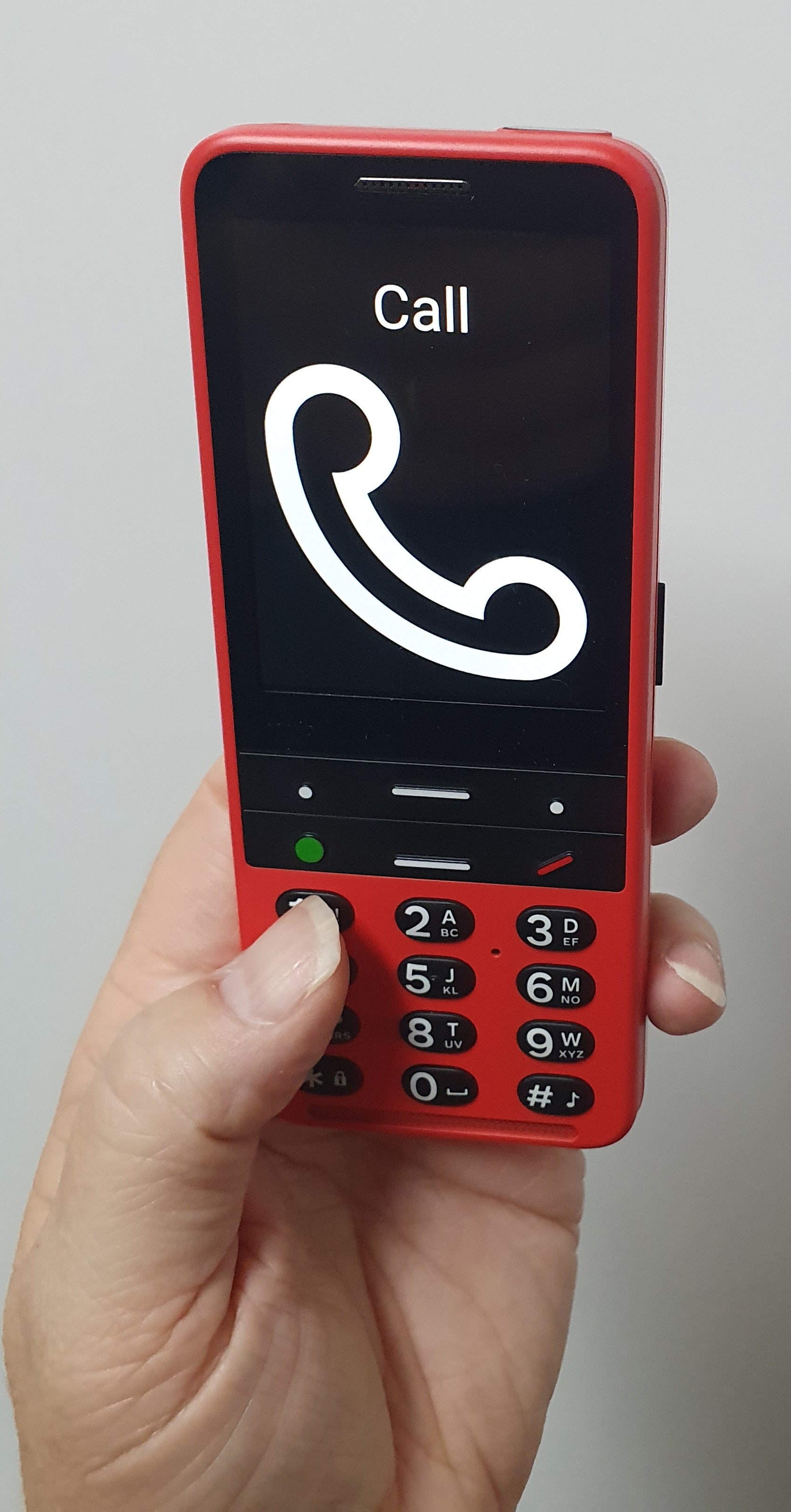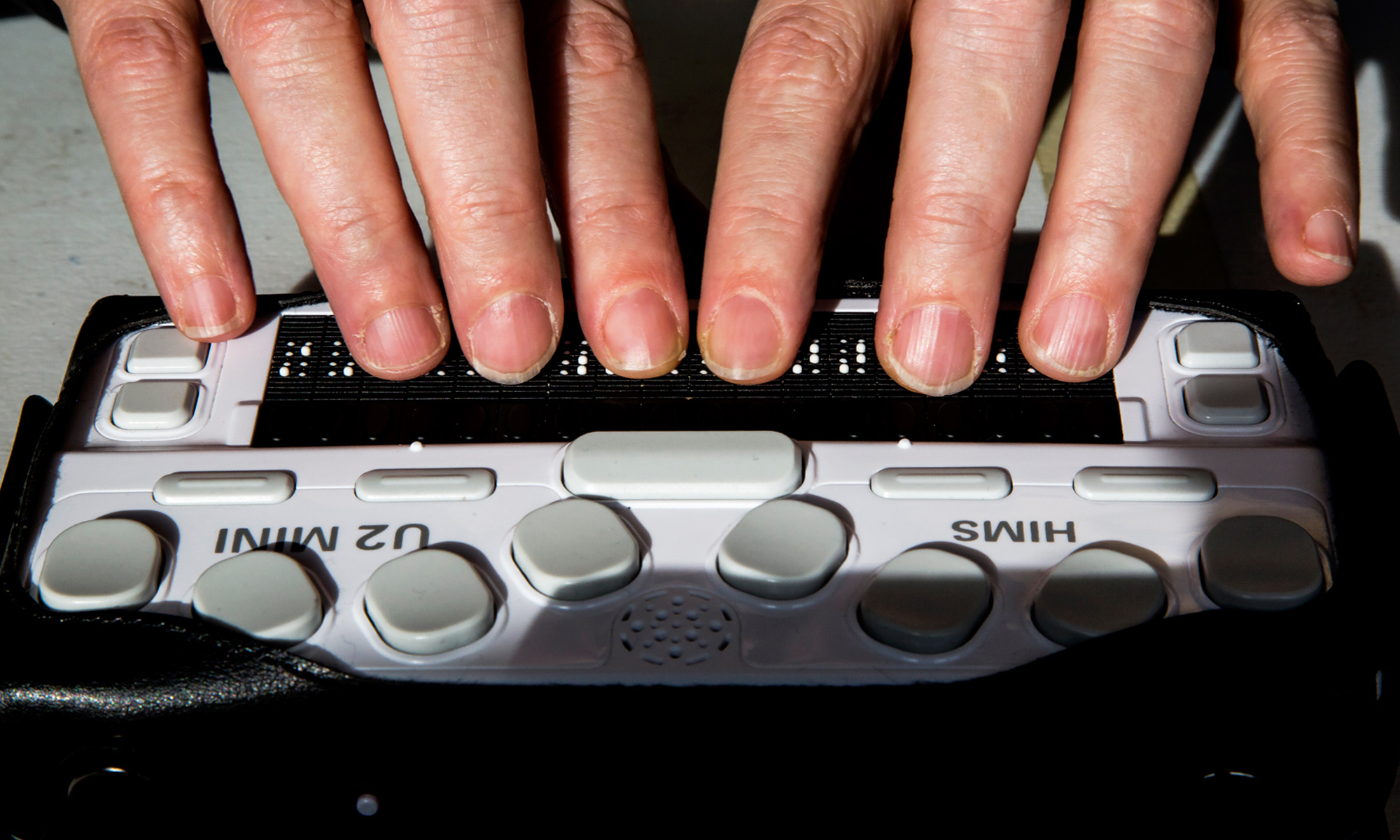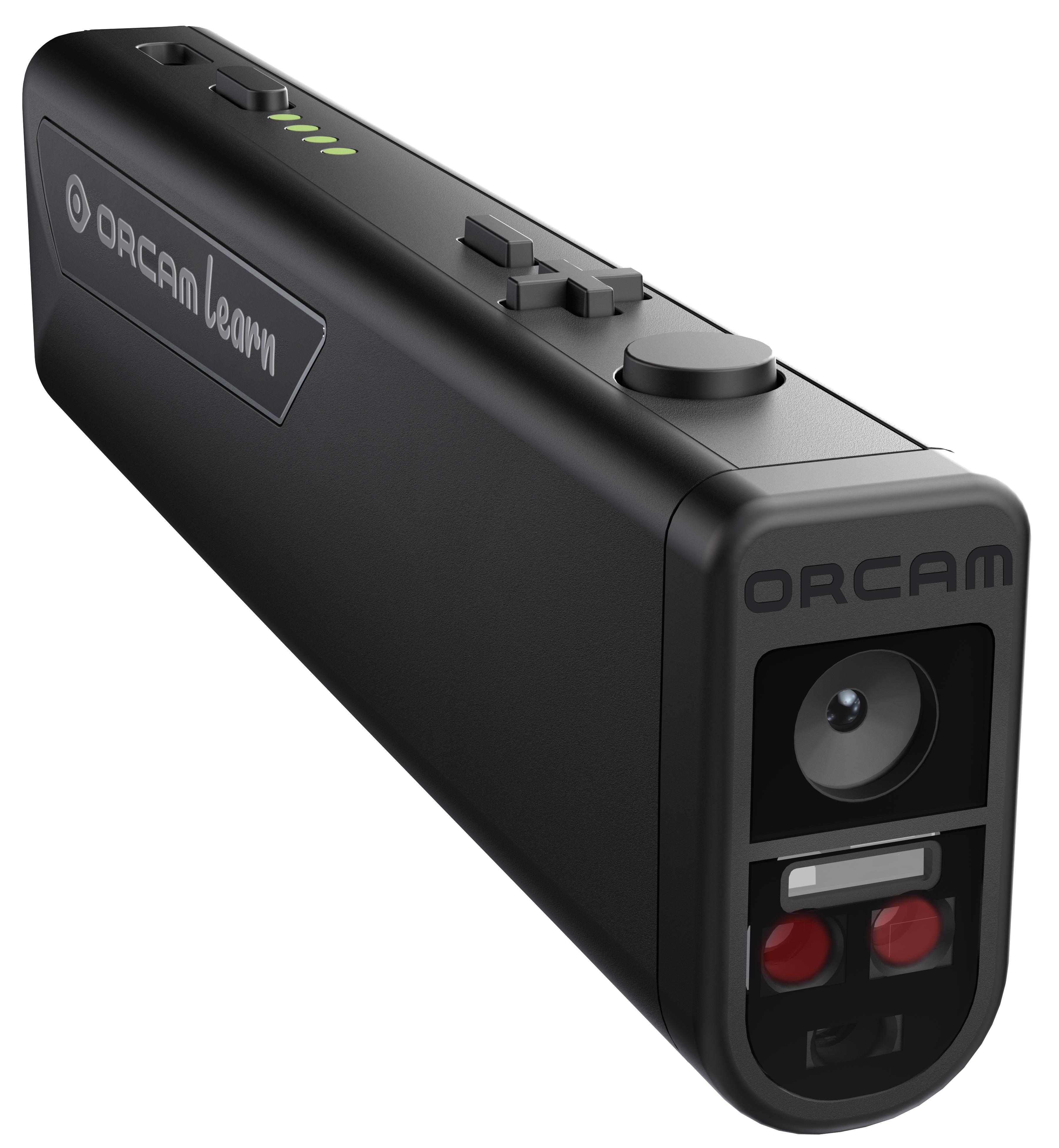Smart Glasses for the Visually Impaired: Innovations in Vision Support
Smart Glasses for the Visually Impaired: Innovations in Vision Support
Blog Article
Discover Cutting-edge Tools Made for the Aesthetically Impaired
The growth of cutting-edge devices for the aesthetically impaired represents a considerable advancement in access and independence. Technologies such as wise glasses with AI capacities and mobile applications designed to offer acoustic summaries are reshaping everyday experiences for customers. Furthermore, wearable tools that employ haptic responses enhance environmental awareness, while modern Braille innovations use new methods to involve with message. As these tools remain to evolve, their influence on the lives of those with visual problems increases essential concerns concerning the future of inclusivity and autonomy in different elements of life. What exists in advance in this technical landscape?
Smart Glasses for Navigation

Smart glasses designed for navigation are revolutionizing the means visually damaged people engage with their setting. These innovative gadgets make use of a combination of electronic camera modern technology, artificial knowledge, and acoustic comments to supply real-time information about environments. By employing obstacle detection systems, clever glasses can notify individuals to possible threats, enabling safer flexibility in both unfamiliar and acquainted settings.
The assimilation of GPS technology better improves navigation capacities, allowing users to get acoustic instructions as they move. This hands-free technique not just fosters self-reliance but additionally encourages visually damaged people to browse urban landscapes with enhanced self-confidence. In addition, several clever glasses are equipped with features that identify landmarks and street indications, supplying contextual information that improves the customer experience.
Moreover, the advancement of these devices is continuously progressing, with companies working to improve the accuracy of item acknowledgment and expand the variety of navigational features. As clever glasses end up being more easily accessible and cost effective, they hold the potential to considerably change day-to-day live for aesthetically impaired customers. Inevitably, these ingenious devices stand for a critical step towards inclusivity, offering improved flexibility and a better sense of freedom for individuals navigating the world around them.

Mobile Application for Daily Living
How can mobile applications improve the lives of visually damaged people? Mobile applications are changing the method visually impaired users browse their atmospheres, manage day-to-day jobs, and gain access to info. These applications give vital assistance through various functionalities, fostering independence and enhancing high quality of life.
Several innovative mobile applications are made specifically for everyday living. For circumstances, applications like Be My Eyes connect aesthetically impaired individuals with sighted volunteers via video phone calls, allowing them to receive real-time aid with tasks such as reviewing tags or navigating unknown rooms. In A Similar Way, Seeing AI, developed by Microsoft, utilizes expert system to explain surroundings, checked out text, and identify objects, properly transforming a smart device into a powerful device for daily support.
Additionally, navigating applications tailored for the visually impaired, such as Aira and BlindSquare, offer audio-based directions and environmental details, enabling users to traverse their surroundings safely and with confidence. Past navigation and instant help, mobile apps likewise support company and task management, with features that help individuals establish reminders, create to-do listings, and track visits. In summary, mobile applications work as vital sources, equipping visually impaired people to lead more independent and satisfying lives.
Wearable Technologies for Assistance
Empowerment with modern technology is increasingly noticeable in the realm of wearable tools made to assist aesthetically impaired individuals. These cutting-edge devices integrate perfectly into every day life, boosting navigating and supplying essential feedback to individuals. Clever glasses geared up with video cameras can review and recognize faces message out loud, permitting individuals to engage more with confidence in specialist and social settings.
One more noteworthy advancement is using haptic comments systems in wearable devices. These systems make use of resonances or various other tactile signals to convey details about the user's environment, such as obstacles or modifications in surface, enhancing movement and safety. Wearable technologies likewise consist of wristbands that link to smart devices, informing individuals to alerts through subtle vibrations, hence boosting connectivity without reliance on aesthetic cues.
As these technologies remain to advance, they are not only enhancing freedom for aesthetically damaged individuals but additionally promoting a greater sense of incorporation in society. By connecting the space between challenges dealt with in day-to-day living and the capacity for autonomy, wearable innovations act as pivotal devices in the pursuit for equality and empowerment for those with visual disabilities.
Audio Summary Devices
Sound description devices play a vital function in enhancing access for aesthetically impaired individuals, offering them with the ability to engage with visual media. Assistive technology for the blind. These tools offer narrated descriptions of essential visual components in movies, television shows, and live performances, ensuring that users can fully understand the context and emotions conveyed via visuals
Audio summary can be incorporated right into various systems, including streaming solutions, cinema testings, and live cinema. Lots of prominent streaming services currently include audio summary as an access feature, allowing viewers to choose it easily. In published here addition to traditional media, specialized applications likewise exist, offering audio summaries for art exhibits, galleries, and other social occasions.
The effectiveness of audio summary depends upon the ability of the storytellers, that need to communicate visual details succinctly without detracting from the original audio. Developments in this field are also leading the way for more personalized experiences, where individuals can change the level of information and pacing according to their choices.
Braille Innovations and Tools
Braille tools and innovations have considerably changed the way aesthetically impaired individuals engage with text and information. Modern improvements have caused the advancement of functional devices that improve proficiency and self-reliance amongst customers. Notably, Braille present modern technologies have evolved, permitting dynamic reading experiences. These tools convert digital text right into Braille, allowing users to access a substantial variety of details on computers, mobile phones, and tablets.
Furthermore, portable Braille notetakers combine traditional Braille input with contemporary performances, assisting in note-taking, organizing, and paper modifying on the move. Smart glasses for the visually impaired. These small gadgets often feature text-to-speech capacities, linking the gap in between Braille and auditory information
Furthermore, cutting-edge Braille printers have actually arised, permitting customers to create Braille labels, records, and academic materials effectively. This availability cultivates higher engagement in professional and instructional atmospheres, inevitably advertising inclusivity.
Moreover, study right into clever Braille technologies remains to increase. Devices that include fabricated intelligence are being discovered to give real-time navigation assistance and contextual details, enhancing the user experience in varied settings. Generally, these developments mirror a dedication to encouraging aesthetically impaired people with technology, ensuring they can easily gain access to and engage with the world around them.

Verdict
The helpful resources innovation of innovative devices for the aesthetically damaged significantly improves freedom and quality of life. These technologies not just foster better addition yet likewise advertise autonomy in everyday tasks, eventually contributing to a much more equitable and obtainable society for visually damaged people.
As clever glasses become more budget friendly and obtainable, they hold the possible to significantly transform everyday life for visually impaired users. Mobile applications are changing the method aesthetically impaired individuals browse their settings, manage day-to-day jobs, and accessibility information. Apps like Be My Eyes connect visually damaged customers with sighted volunteers using video clip phone calls, permitting them to obtain real-time help with tasks such as checking out tags or browsing unfamiliar rooms.Furthermore, navigating applications tailored for the aesthetically damaged, such as Aira and BlindSquare, use audio-based read this directions and environmental info, making it possible for customers to traverse their surroundings safely and confidently.The innovation of ingenious tools for the visually impaired significantly boosts freedom and quality of life.
Report this page